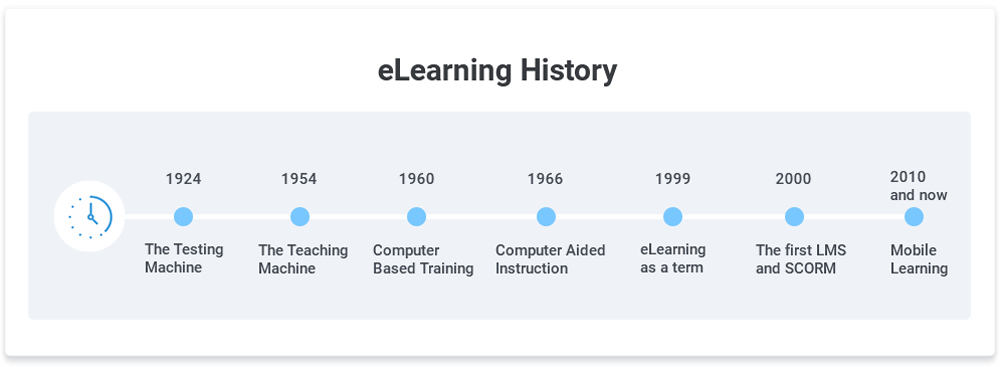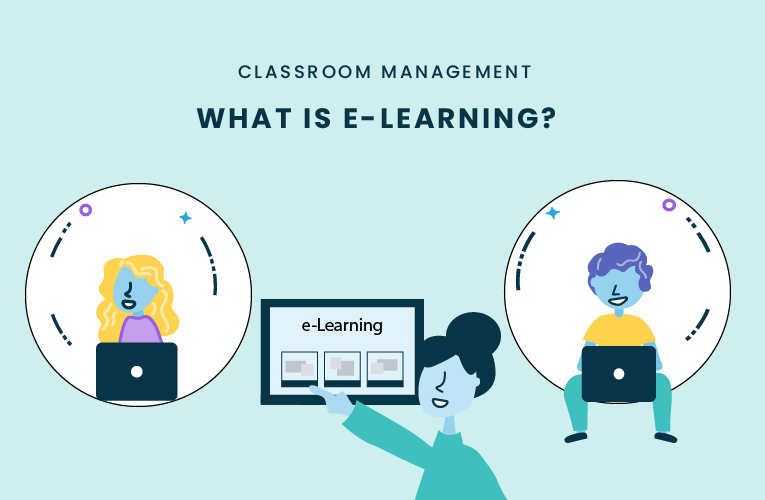Over the last few years, technology has redefined the K-12 education industry. More recently, global events have required educators to find new ways to facilitate e-Learning from a distance, reshaping the entire K-12 landscape as we know it.
Instruction is no longer only about lesson plans and curriculum – it’s about implementing the right technology to make these lessons effective, especially in an e-Learning or remote learning environment.
E-Learning (sometimes referred to as distance learning) has been a growing industry since the late 1980s, but e-Learning has never been more important, as unexpected events can arise, requiring schools and districts to transition to e-Learning quickly and effectively in a proactive manner. Whether it is a few snow days in the winter or weeks of cancelled school, unanticipated events make having an e-Learning plan critical to every K-12 school or district.
But what does e-Learning actually mean? And how can schools be proactive and prepared for e-Learning scenarios?

A Definition for e-Learning
E-Learning for K-12 education is all about one thing: utilizing learning technologies to maximize lesson plans and curriculum outside of the physical classroom for both teachers and students.
At the bare minimum, e-Learning should be about implementing the necessary technology tools to make learning accessible and possible for students outside of traditional classroom walls. Once this remote learning environment is made possible, it’s critical to take your e-Learning initiative to the next level. By not just facilitating learning remotely, but enhancing the e-Learning environment to engage and excite students, K-12 schools can ensure that learning is continually maximized, even in the face of unanticipated events.
Tyler Abernathy, Technology Coach at Richland School District Two, explains that in order to maximize traditional learning, “technology integration should be at least one of three things. Either you use it for engagement, efficiency, or enhancement of the overall curriculum.” These criteria stay true for e-Learning, as technology should be used with a purpose to maximize the overall learning experience regardless of the setting you are teaching in.
“It’s incredible when all three of those elements come together because then it’s a maximized experience. Thinking about it from that standpoint, I try to center my instructional strategy with these three goals in mind, as well as look for learning technology that achieves at least one of these goals.”
-Tyler Abernathy, Technology Coach
To make e-Learning even more understandable, we put together a SlideDeck to explain what e-Learning is, why it is important to the current and future K-12 landscape, and how to get started with an effective e-Learning program.
E-Learning Checklists
Still getting started with your e-Learning program? Here are a few checklists provided by eLearningNC along with some additions to make sure your taking the right steps.
E-Learning Technology Checklist
- Make sure teacher devices and student devices are updated with necessary hardware and software requirements.
- Activate your school or district’s required accounts, such as your LMS (online course management platform), school email accounts, and any classroom management software that is e-Learning compatible.
- Make sure teachers and any other faculty members are aware of and know how to use e-Learning communication channels and tools (i.e. Zoom, Google Hangout, etc.)
E-Learning Self-Management Checklist
- Update the class syllabus or school-wide objectives. Make sure all objectives, readings, and assignment requirements are accessible and align with the e-Learning format.
- Encourage Teachers, Tech Coaches and students to set goals and priorities for classes. Goals will give everyone direction and energy to overcome barriers that arise in remote learning environments.
- Help students and teachers plan out a personal learning or teaching schedule. Effective time management is a key factor for success in remote learning environments.
Learn how K-12 leaders are succeeding with e-Learning
Latest blog articles

Dyknow 2021 Year In Review
In addition to web browser updates and bug fixes, Dyknow released several major product updates, new features and enhancements. Check out Dyknow’s 2021 Year in Review!

The Classroom Management Tool that’s Rated #1 in Satisfaction on G2
K-12 Administrators across the world trust G2 as the #1 platform to find, research, and choose EdTech tools that solve the most pressing problems their teachers are experiencing. In G2's Fall 2021 Reports, Dyknow was once again rated #1 in overall Satisfaction out of...

Bringing Diversity and EdTech to the English Classroom
On this episode of Tackling Tech, Tierra Leustig interviews Scott Bayer about being an anti-racist teacher, diversifying reading lists, creating inclusive learning environments, and leveraging ed-tech in non-technical ELA classrooms. Scott Bayer is a High School...

